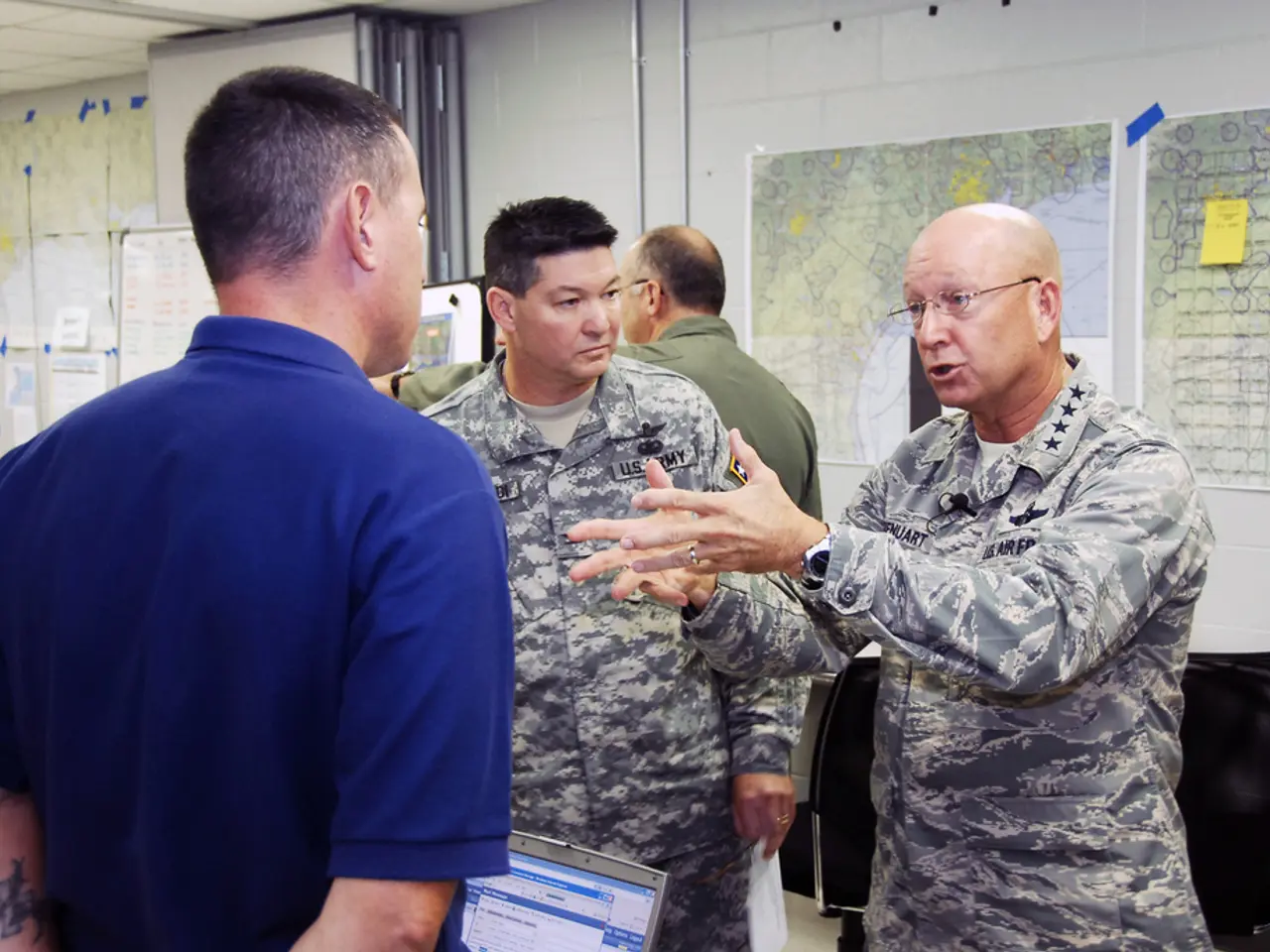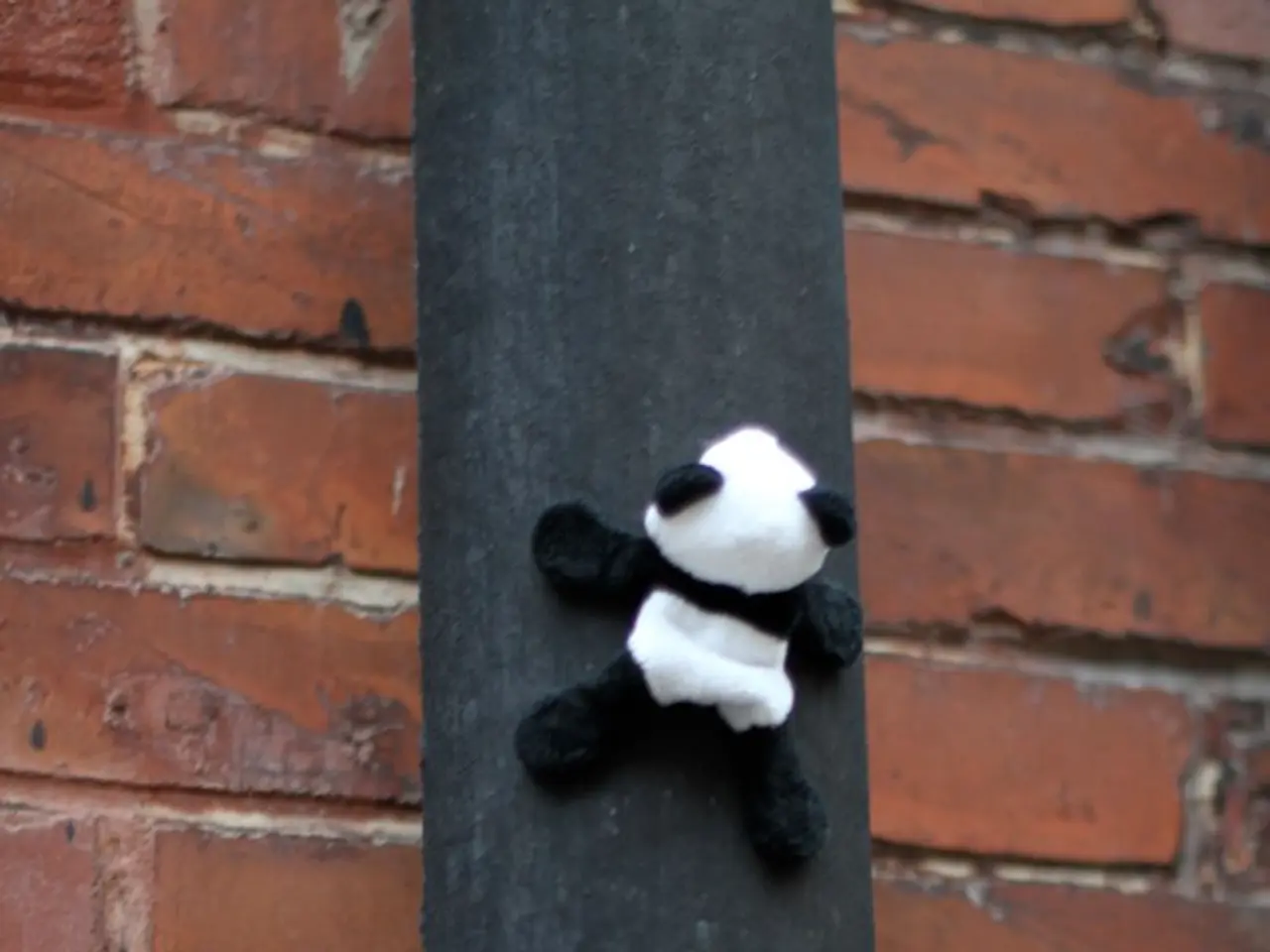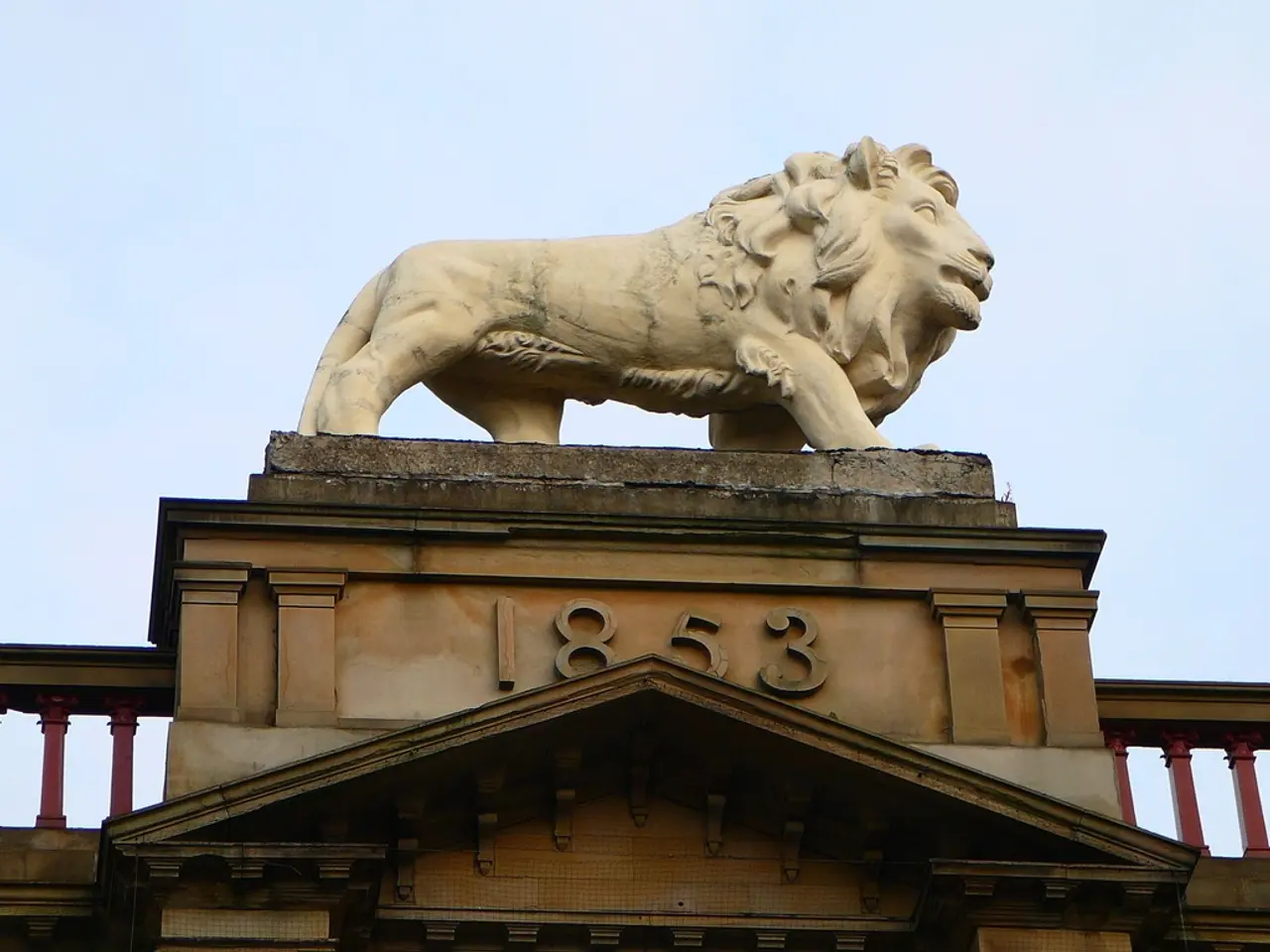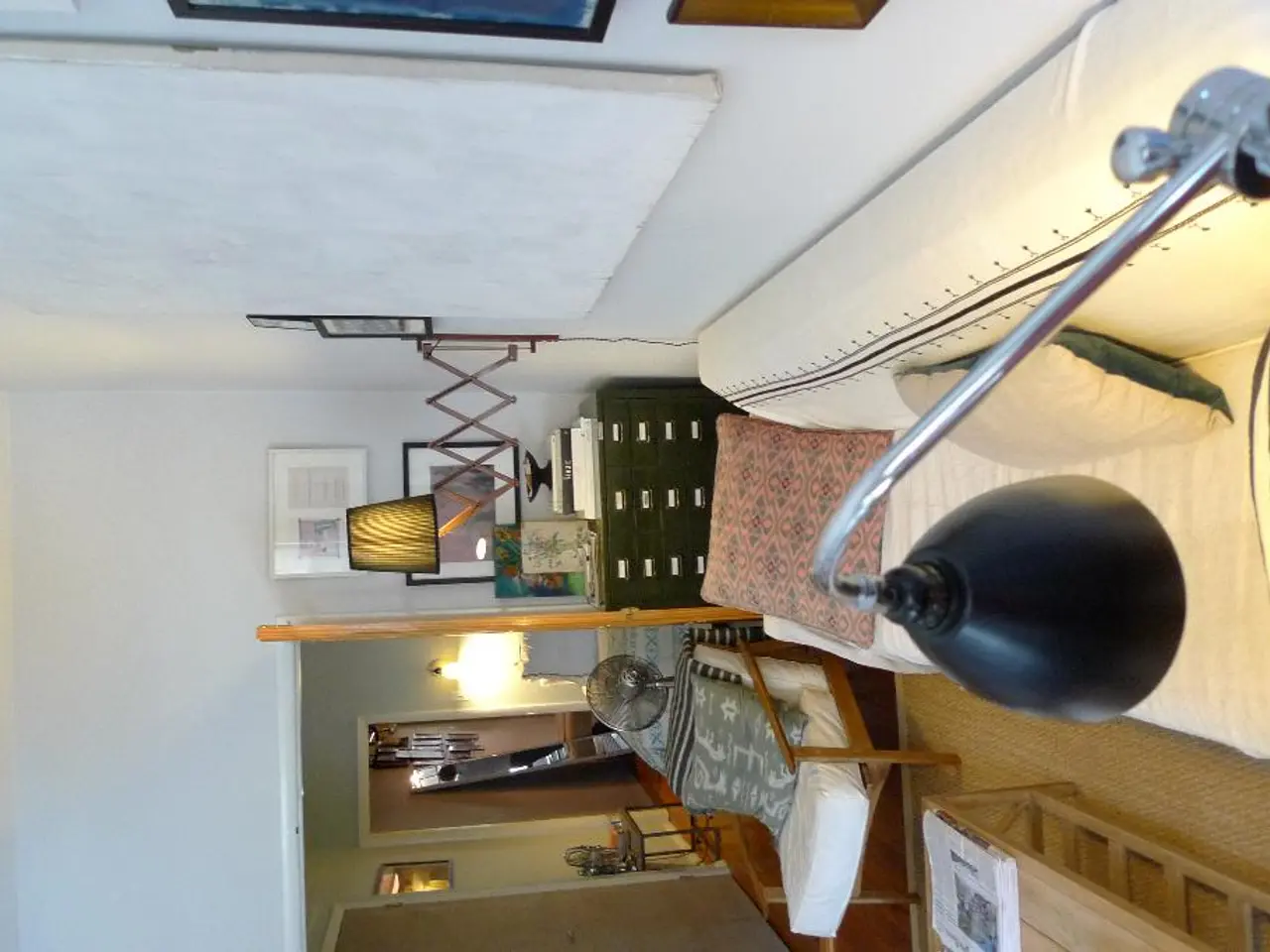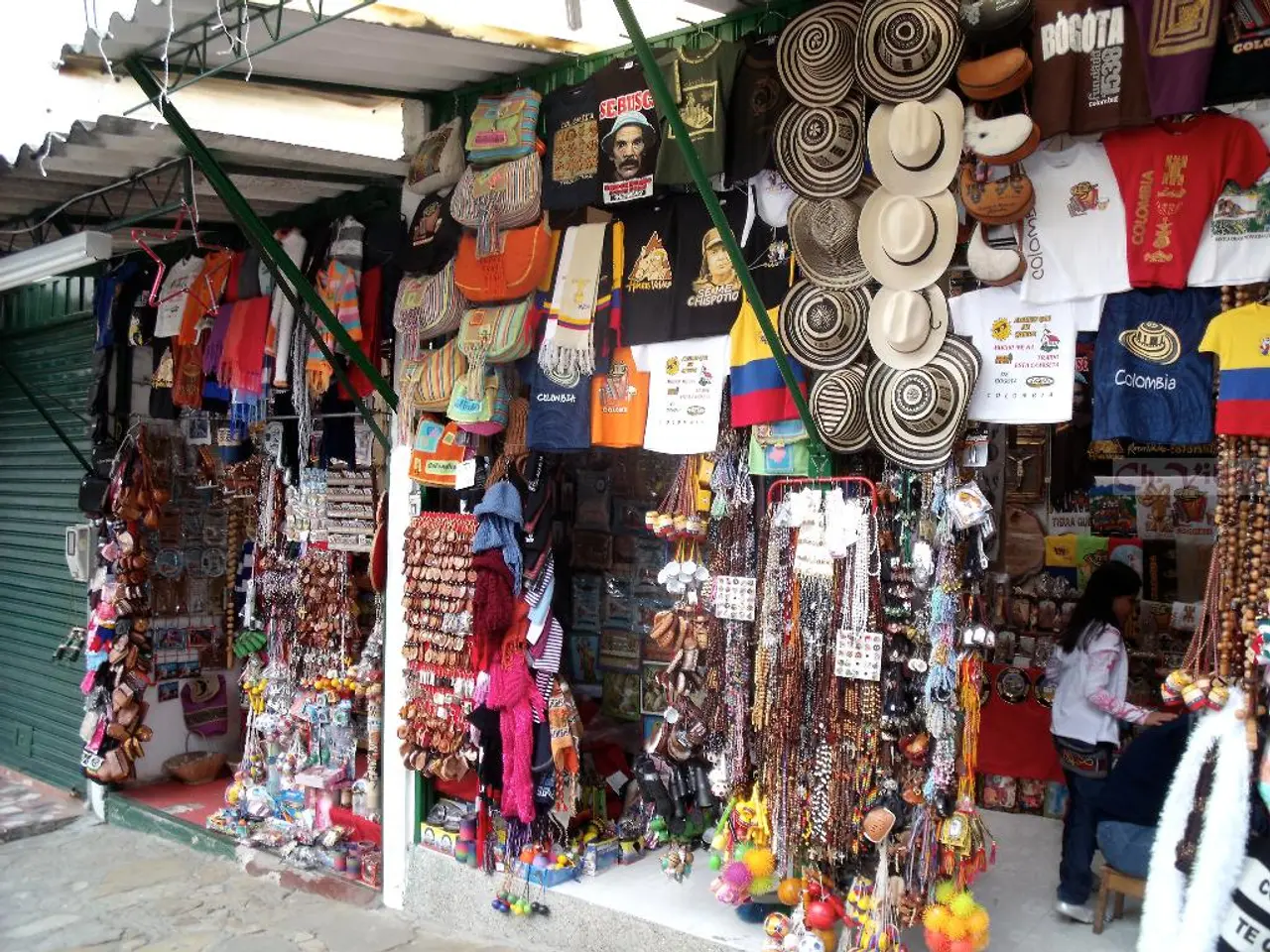User Experience Progression - Outlining the Minute Details in User Interaction Design
User scenario maps are a powerful tool for designers, developers, and product managers to visualize and understand user interactions with a product. Here's a step-by-step guide on creating user scenario maps in a UX design project.
Defining Clear User Personas and Scenarios
- Creating Fictional, Research-Based User Profiles
- Personas are detailed user profiles that describe demographics, goals, motivations, and challenges. They are based on data from interviews and surveys.
- Narrating User Interactions
- Scenarios are narrative descriptions of how these personas interact with the product in specific situations or to complete tasks.
Identifying User Segments and Goals
- Clarify the purpose of the scenario map (e.g., improving onboarding, simplifying purchase, addressing pain points).
- Determine which user segments and scenarios you are mapping to keep focus clear.
Mapping Stages and Touchpoints
- Break down the user journey into distinct stages such as Awareness, Consideration, Purchase, Post-Purchase, or task-specific steps.
- Identify and list all touchpoints where users interact with the product or service.
Documenting User Thoughts, Emotions, and Actions
- For each stage and touchpoint, record what users think, feel, and do.
- Use real quotes and data from user research whenever possible to avoid assumptions.
- Highlight emotions and pain points visually on the map.
Highlighting Pain Points and Opportunities
- Mark areas where users struggle or have negative emotions, indicating friction in the experience.
- Identify opportunities to improve, such as gaps needing support or moments where small changes can have a big effect.
Validating and Refining the Map
- Test the scenario map with real user feedback, analytics data, and usability tests.
- Share with stakeholders for review and iteratively improve the map to ensure it aligns with actual user behaviors and needs.
This process centers around user-centered design principles, ensuring the scenario maps are grounded in researched user information and focused on enhancing user experience by clearly visualizing their goals, behaviors, and emotions throughout their interactions with the product.
Using User Scenarios in Practice
- Ideation Stage
- Explore ideas with a team and formulate a shared vision for a project.
- Iteration
- Use "on the fly" during the development process by observing users with the current product.
- Usability Testing
- Define key tasks within a system and focus testing efforts on those areas.
In summary, user scenario maps are created by defining personas and scenarios, segmenting the user journey into stages and touchpoints, richly documenting user mental states and actions, highlighting pain points and opportunities, and continually validating with real user data to guide design decisions effectively.
For more resources on user scenarios, consider the course "User Experience: The Beginner's Guide" and examples found on accessibility analysis websites, as well as the British government's usability website. Every UX designer should have user scenarios in their toolkit for developing and iterating products.
User scenario maps in UX design projects are instrumental in visualizing user interactions with products, particularly in home-and-garden or technology-related contexts. By creating detailed user personas and narrating their interactions, designers can identify user segments, map stages and touchpoints, document user thoughts, emotions, and actions, and finally, validate and refine the map using real-world data (data-and-cloud-computing). This information directly impacts the overall user experience (ux design), with an emphasis on improving lifestyle factors such as enhancing the onboarding process or simplifying purchases. Furthermore, user scenario maps can be utilized in various stages of the design process, including ideation, iteration, and usability testing.
